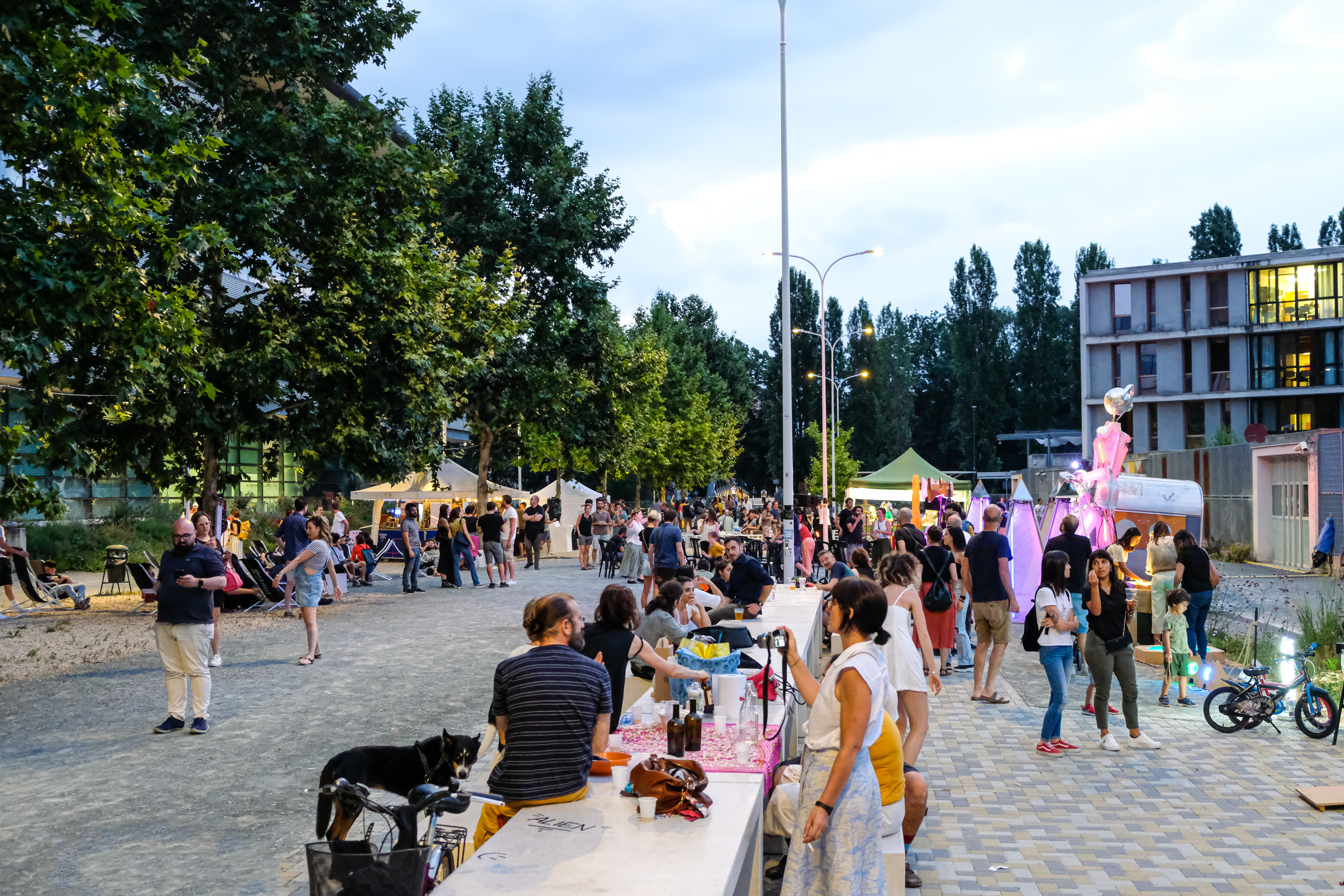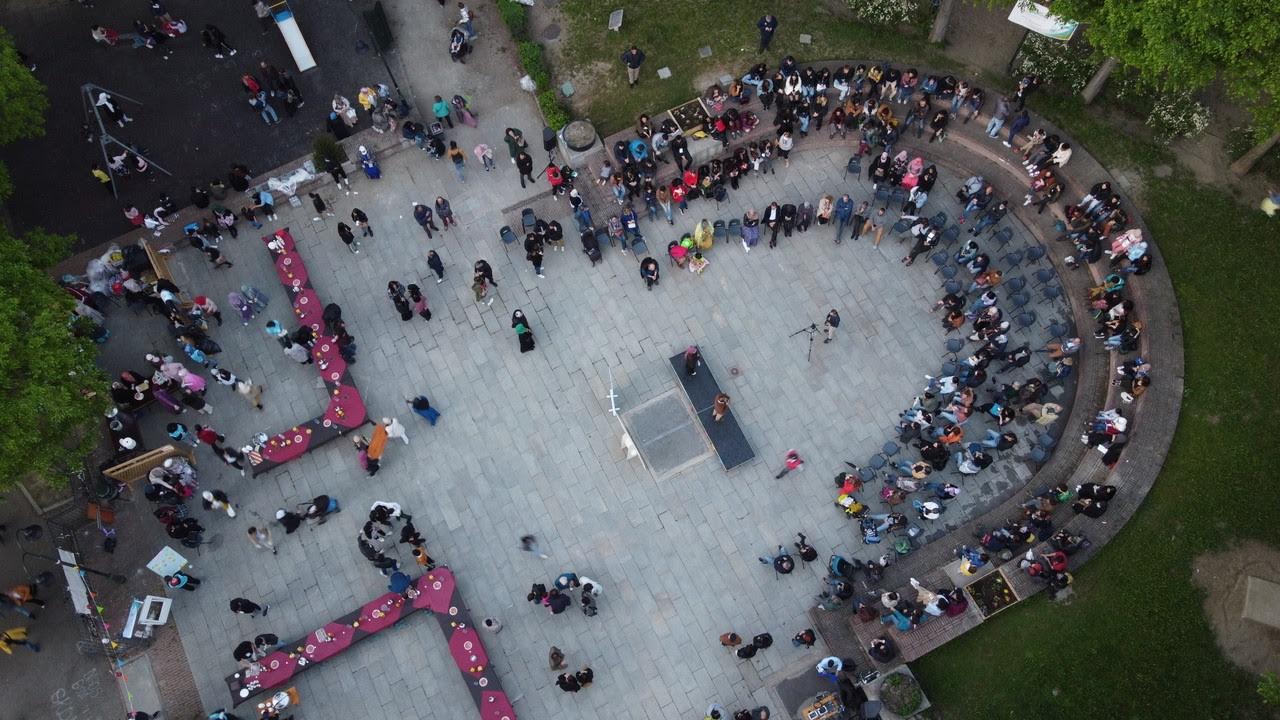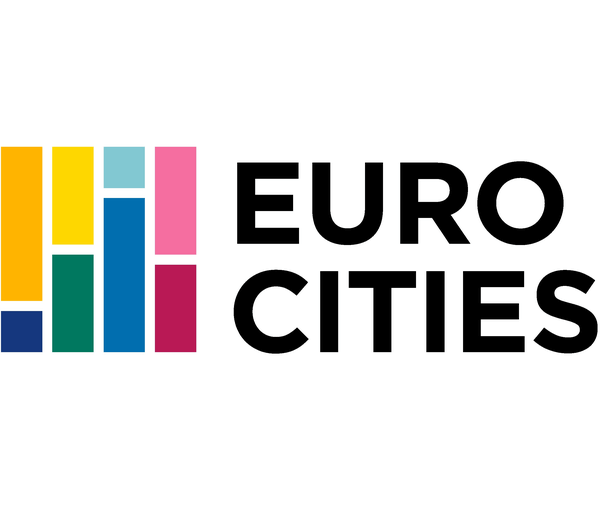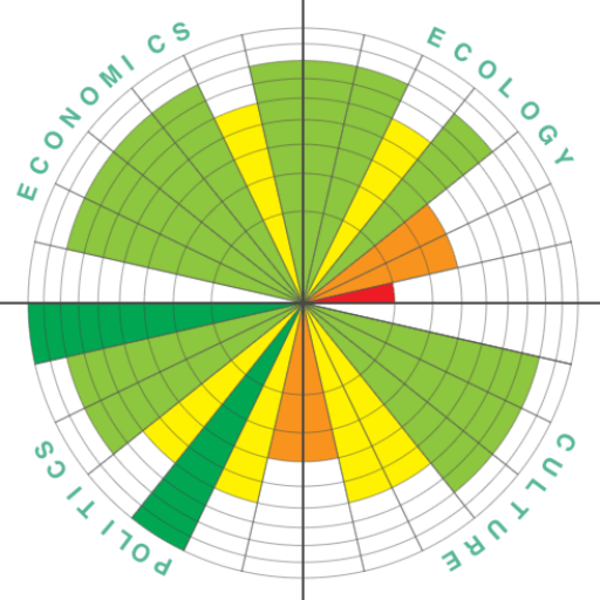City
Metropolitan City of Turin
Main actors
City Government
Project area
Whole City/Administrative Region
Duration
2019 - 2023
Night-time can mean freedom, creativity and calm. But in some neighbourhoods, it also means fear, isolation and underused public space.
That was the challenge facing the City of Turin in the neighbourhoods along the Dora River – an area rich in diversity and cultural history, but also marked by neglect, insecurity and fragmentation.
But the ToNite project has changed everything. A four-year Urban Innovative Actions (UIA) project co-funded by the EU and led by the City of Turin, ToNite is designed to rethink night-time safety and liveability not through policing, but through co-design, urban regeneration and new community services.
Originally published by Eurocities - Link
Eurocities Awards
This project was awarded the 'Eurocities Awards' in 2025 in the following category: Inspiring City Initiative.
External links / documents
On Map
The Map will be displayed after accepting cookie policy



